If you wish to create new research collaborations with Chinese Universities, you can now apply for the RSC-SAFEA visiting researcher programme.
Call for applications are open until the 20th May 2013.
Please email: international@rsc.org to register your interest in participating in the programme. Read more from previous researchers who have participated in this programme in 2010-2012 http://my.rsc.org/blogs/74.
 The State Administration for Foreign Experts Affairs (SAFEA) is a division of the Chinese Government with which RSC has a cooperation agreement. Under this agreement the RSC and SAFEA will jointly fund researchers from the UK to visit Chinese Universities. The purpose of the visits is to stimulate collaboration between UK and Chinese institutions. They will allow the visitor to contribute their experience towards the development of excellent emerging science and build links with the Chinese Chemistry community.
The State Administration for Foreign Experts Affairs (SAFEA) is a division of the Chinese Government with which RSC has a cooperation agreement. Under this agreement the RSC and SAFEA will jointly fund researchers from the UK to visit Chinese Universities. The purpose of the visits is to stimulate collaboration between UK and Chinese institutions. They will allow the visitor to contribute their experience towards the development of excellent emerging science and build links with the Chinese Chemistry community.
In addition, the visitor will advise Chinese research groups on all aspects of presenting their research to an international audience. The programme will strengthen links between the UK and Chinese Science and between the RSC and our partners in China.











 Collaborators in the US and China have demonstrated that by
Collaborators in the US and China have demonstrated that by 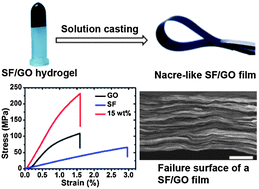
 Camouflaging nanoparticles so that they are not attacked by the immune system is a major challenge in developing long-circulating, effective drug-delivery vehicles. Attaching CD47, a transmembrane protein that serves as a universal molecular ‘marker-of-self’, to the surface of nanoparticles is one way to enable active immune evasion. However, functionalising the particle surface evenly and with uniformly oriented protein is very difficult.
Camouflaging nanoparticles so that they are not attacked by the immune system is a major challenge in developing long-circulating, effective drug-delivery vehicles. Attaching CD47, a transmembrane protein that serves as a universal molecular ‘marker-of-self’, to the surface of nanoparticles is one way to enable active immune evasion. However, functionalising the particle surface evenly and with uniformly oriented protein is very difficult.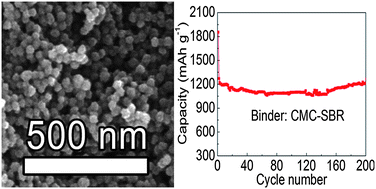
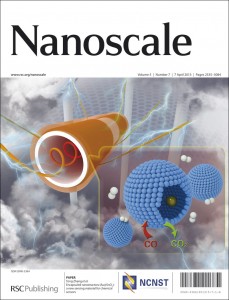
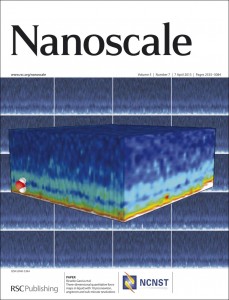
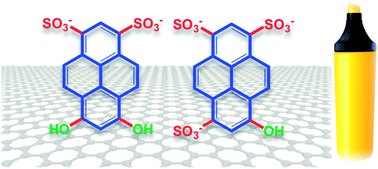
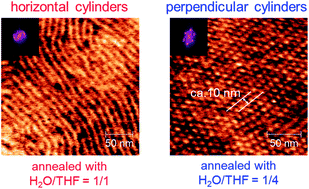
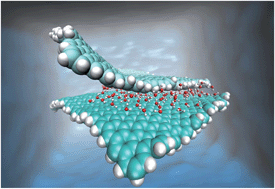 Wenping Lv and Ren’an Wu from the Dalian Institute of Chemical Physics have investigated the aggregation of two graphene nanosheets in water and the role of the interfacial water monolayer in the aggregation mechanism.
Wenping Lv and Ren’an Wu from the Dalian Institute of Chemical Physics have investigated the aggregation of two graphene nanosheets in water and the role of the interfacial water monolayer in the aggregation mechanism.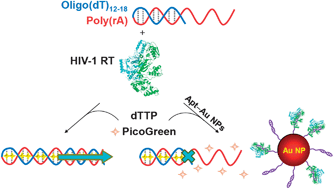 Gold nanoparticles functionalised with aptamers have been found to be highly effective inhibitors for human immunodeficiency virus type 1 reverse transcriptase. The nanoparticles particles have been shown to reduce the ability of the HIV virus to reproduce and infect new cells.
Gold nanoparticles functionalised with aptamers have been found to be highly effective inhibitors for human immunodeficiency virus type 1 reverse transcriptase. The nanoparticles particles have been shown to reduce the ability of the HIV virus to reproduce and infect new cells.